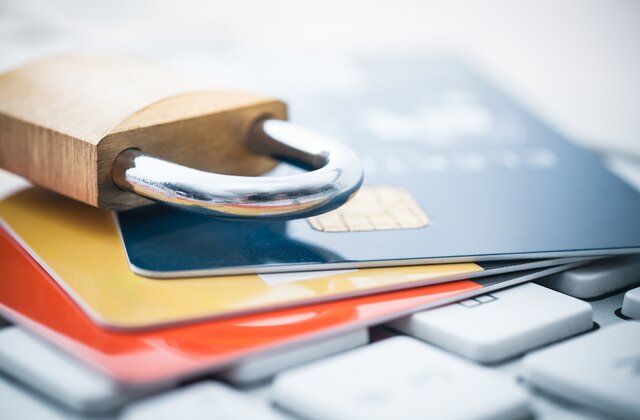When it comes to credit card security, protecting your personal data while using credit cards in the United States is paramount. With increasing threats of cybercrime and data breaches, being vigilant about your card usage can save you from potential financial loss and identity theft.
Implementing smart strategies is paramount in ensuring the protection of your financial data. With the proliferation of digital and physical transactions, safeguarding your credit card information has become increasingly crucial. Here, we present a series of indispensable tips to fortify your credit card security, empowering you to confidently engage in both online and offline purchases.
Essential practices for credit card safety

To start with, ensure you only use your cards on secure and reputable websites. Look for HTTPS in the URL, which indicates that the site employs encryption to safeguard your details. Avoid entering card information on public or shared computers as a further precaution. Another crucial practice is regularly monitoring your account for any unauthorized transactions. Setting up alerts that notify you of every purchase can help you quickly spot anything suspicious.
Additionally, opting for two-factor authentication if your card issuer provides it adds an extra layer of security. Finally, keeping your card details private is vital. Avoid sharing your card number, expiration date, and CVV code unless absolutely necessary. Be cautious even on phone calls, ensuring you are speaking to a verified company representative.
Utilizing digital wallets and contactless payments
One effective method to enhance card protection is using digital wallets like Apple Pay or Google Wallet. These apps use encryption and tokenization, making it more challenging for hackers to access your information. Digital wallets store encrypted versions of your card, which means your actual card number is never transmitted during transactions. This minimizes the risk of data breach incidents.
Using contactless payments in stores can also add to your security, reducing the need to handle physical cards. Moreover, many digital wallet platforms send you immediate notifications of transactions, allowing you to keep track of your spending in real-time. This instant feedback loop can quickly alert you to any fraudulent activities.
Avoiding phishing scams and fraudulent activities
Phishing scams are sophisticated schemes where fraudsters trick you into providing personal information by posing as legitimate entities. These can come via email, phone calls, or even fake websites. Staying aware of these scams can protect your data. Never click on suspicious links or download attachments from unknown sources. Always verify the sender’s email address or the URL of the website to ensure it’s from a trusted organization.
If ever in doubt, directly contact the institution through their official channels. Also, be cautious of unsolicited calls requesting your card details or personal information. Legitimate companies will never ask for sensitive information this way. Report such attempts to your card issuer immediately.
Strengthening your cybersecurity practices
Maintaining robust cybersecurity practices can significantly reduce your risk of falling victim to card fraud. Start with using strong, unique passwords for all your online accounts, especially those related to banking and shopping. Enable multi-factor authentication wherever possible to add an extra layer of protection.
This makes it harder for unauthorized users to access your accounts even if they have your password. Regularly update your software and devices to protect against the latest security vulnerabilities. Run antivirus scans frequently to detect and remove any potential threats on your devices.
Monitoring credit reports and statement accuracy
Keeping an eye on your credit reports is another critical step in preventing fraud. Regularly review your credit reports from the three major credit bureaus—Equifax, Experian, and TransUnion—to ensure no unauthorized accounts or activities. If you spot any inconsistencies or unfamiliar accounts, report them immediately.
Consider placing a fraud alert or credit freeze if you believe your information has been compromised. Additionally, assess your monthly credit card statements for accuracy. Any discrepancies should be reported to your card issuer at once to prevent further fraudulent uses.
Seeking assistance from financial institutions
If you suspect any fraudulent activity or data breach, fast action is crucial. Contact your card issuer immediately to report the issue. They can guide you on the necessary steps to secure your account and may issue you a new card. Consider enrolling in identity theft protection services offered by many financial institutions.
These services can monitor your credit and offer support in regaining control of your financial data if you fall victim to fraud. Maintaining an ongoing dialogue with your financial institution about security practices and updates can further aid in protecting your information.
